Over 42,000 Affected as Humanitarian Crisis Deepens in Nigeria’s North-East
Adamawa State, Nigeria – 5 August 2025
Disaster Assessment Reveals Scale of Tragedy
The International Human Rights Commission (IHRC) Corporation Nigeria has released a comprehensive disaster report following severe flooding across six Local Government Areas (LGAs) in Adamawa State: Yola South, Yola North, Numan, Demsa, Girei, and Lamurde. The crisis has left 6,732 households affected, 42,118 individuals impacted, 27 confirmed fatalities, 74 injured, and over 15,000 displaced, now seeking refuge in IDP camps and host communities.
The findings, based on a Rapid Needs and Risk Assessment conducted on 30 July 2025 by the IHRC Special Monitoring Mission, in collaboration with Adamawa State Emergency Management Agency (SEMA), DAWOS Foundation, AB Haske Foundation, and local authorities, document widespread destruction of homes, farmland, sanitation, and increasing risks of gender-based violence, disease outbreaks, and food insecurity.
IHRC Humanitarian Response and Partnerships
IHRC deployed emergency teams to deliver urgent relief, including:
- Distribution of Non-Food Items (NFIs) to over 850 households: blankets, dignity kits, mosquito nets, utensils,
- Essential medications for malaria, typhoid, and infections, in partnership with local health agencies,
- Psychosocial and protection support – including group therapy for women, children, and the elderly.
“The spirit of cooperation and urgency shown by Adamawa State officials is deeply commendable. Their partnership with IHRC ensured that thousands of affected citizens received not just attention but real assistance. This is a model worthy of national replication.”
— Comrade Elijah Vitus Echendu, National Coordinator, IHRC Special Monitoring Mission Nigeria
Leadership Commendations and Strategic Appeal
His Excellency Ambassador Dr. Duru Hezekiah, Head of IHRC Diplomatic Mission in Nigeria, described the flood disaster as a part of a growing national emergency. He urged strategic, rights-based, and united responses:
“What we see in Adamawa is not isolated. Floods are recurring and threatening multiple states across Nigeria. This demands a coordinated, strategic, and rights-based national response.”
Ambassador Duru also:
- Commended the IHRC North-East team for their exemplary work,
- Called for deeper institutional cooperation between government and humanitarian actors,
- Urged joint flood mitigation and early warning systems, and investment in recovery and preparedness.
“Let this be a turning point—where the government and IHRC work shoulder-to-shoulder to prevent avoidable suffering and build a Nigeria where disaster response is swift, coordinated, and dignified.”
Key Humanitarian and Recovery Priorities Identified
IHRC highlights the following urgent needs:
- Food assistance for displaced families,
- Restoration of clean water and sanitation infrastructure,
- Provision of safe, durable shelters,
- Sustained psychosocial support,
- Livelihood restoration and income generation.
Additional recommendations:
- Improved access and logistics for aid agencies in hard-to-reach regions,
- Long-term investment in flood mitigation, climate awareness, and disaster preparedness.
A Call for Systemic Reform and Shared Accountability
The 2025 Adamawa flood disaster is a stark reminder of the fragility of communities amid climate change. Through coordinated assessments and field interventions, IHRC is committed to advocacy and direct support for affected populations.
IHRC now calls on federal and state governments, international donors, and civil society to seize this moment for systemic humanitarian reform, resilience building, and shared accountability.
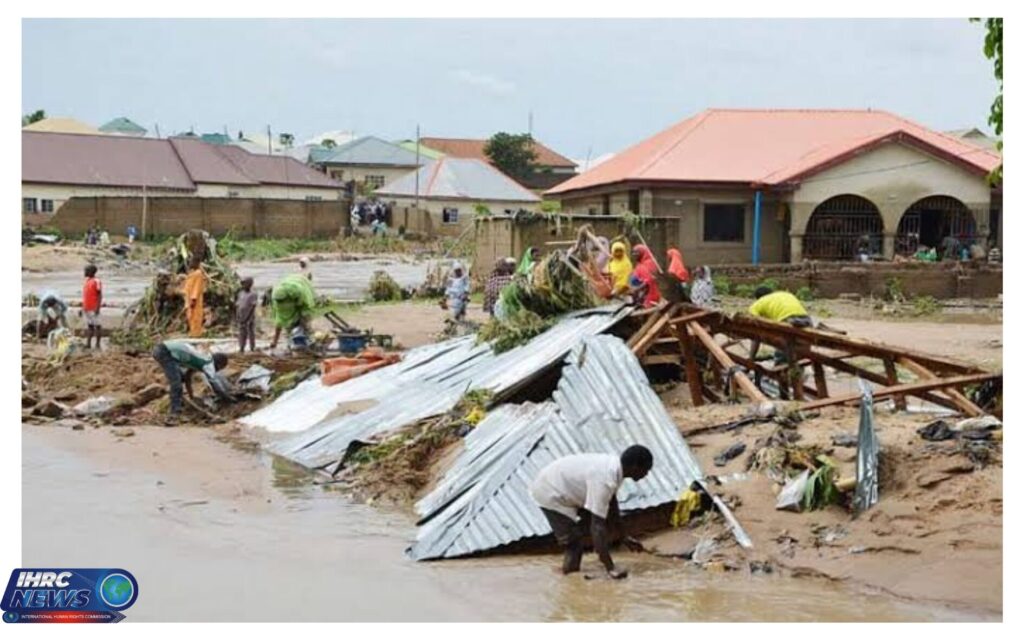

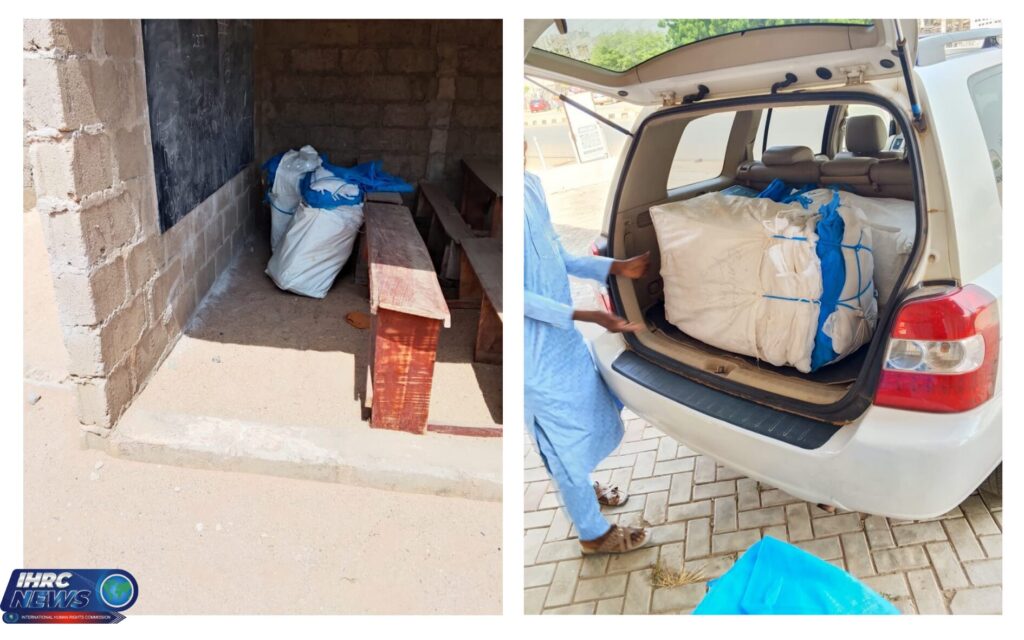
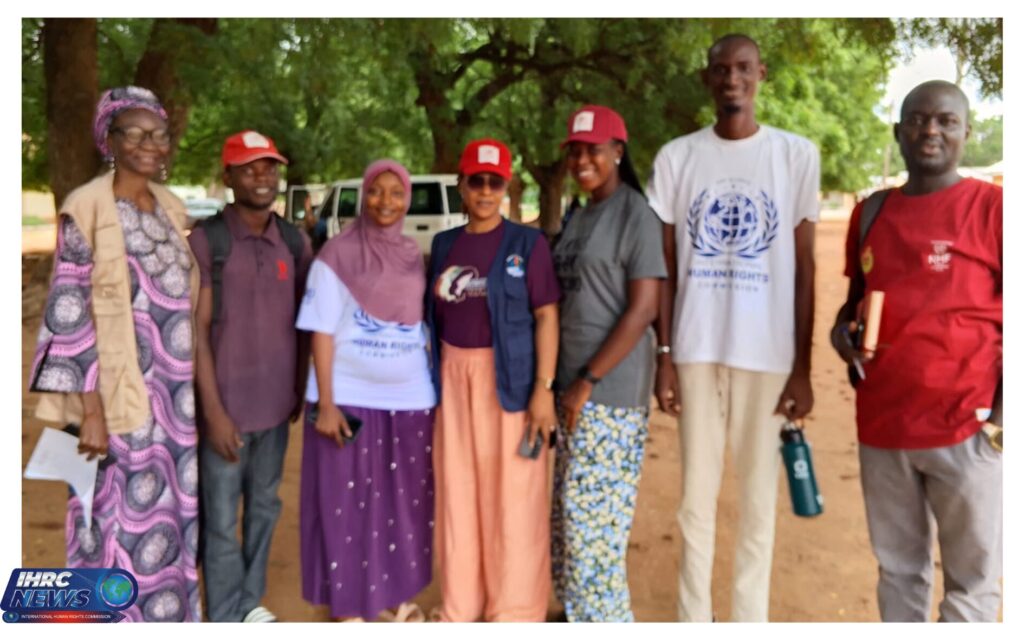

Reported by:
Fidelis Onakpoma
IHRC Head of Media and Strategic Communications Nigeria

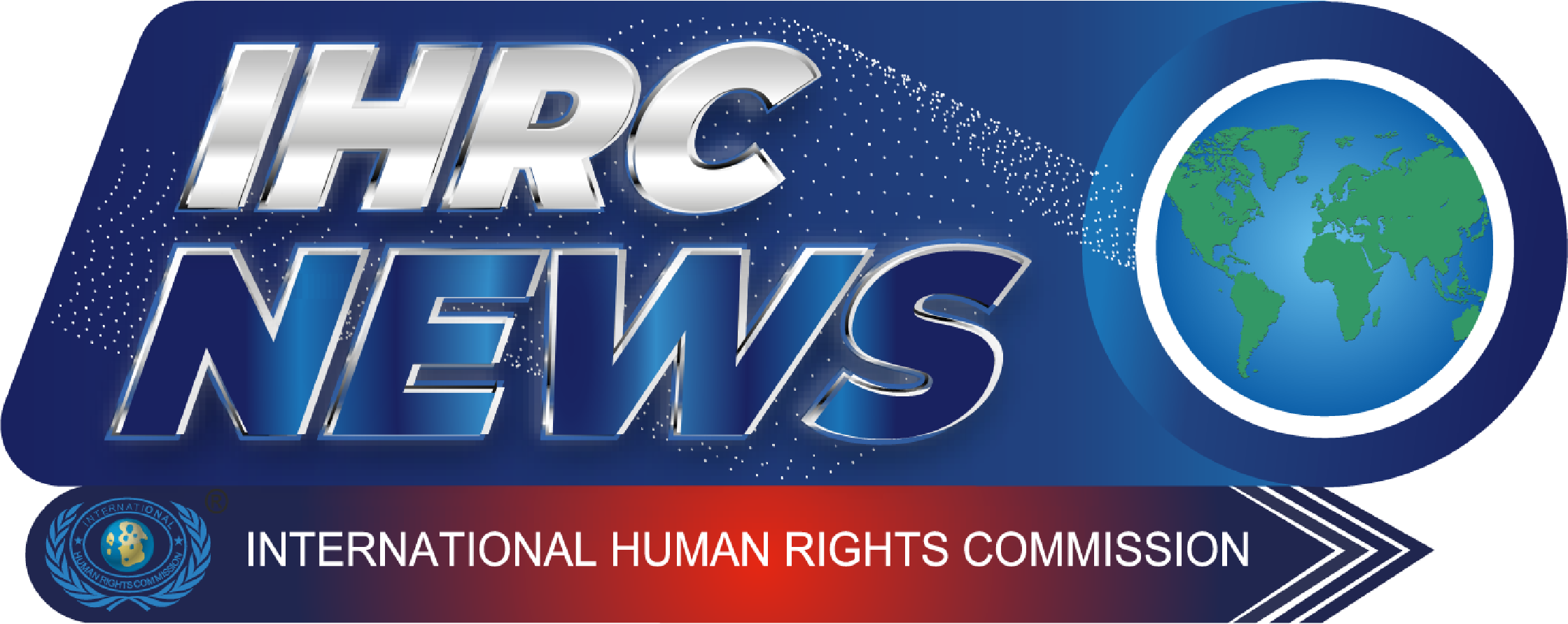

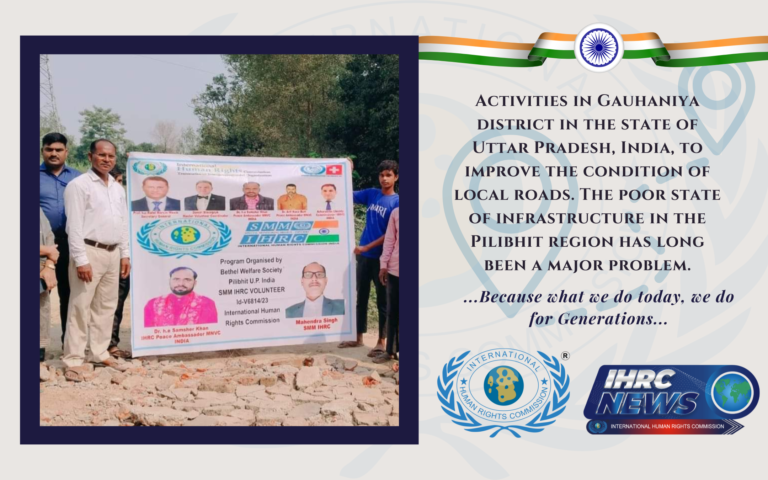
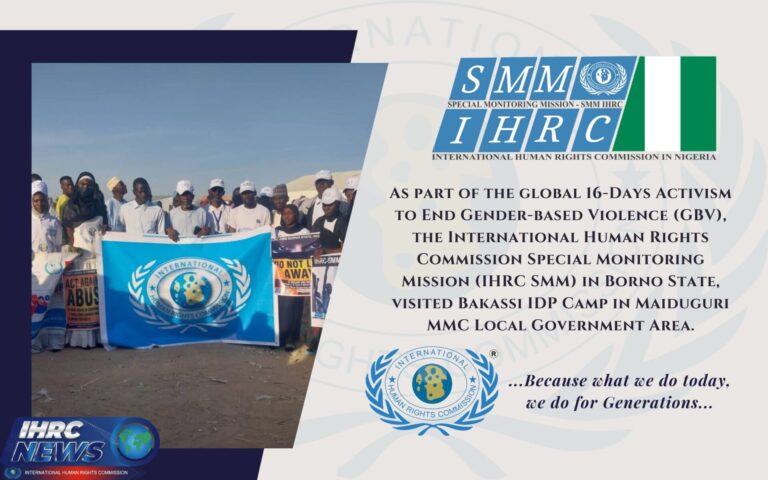
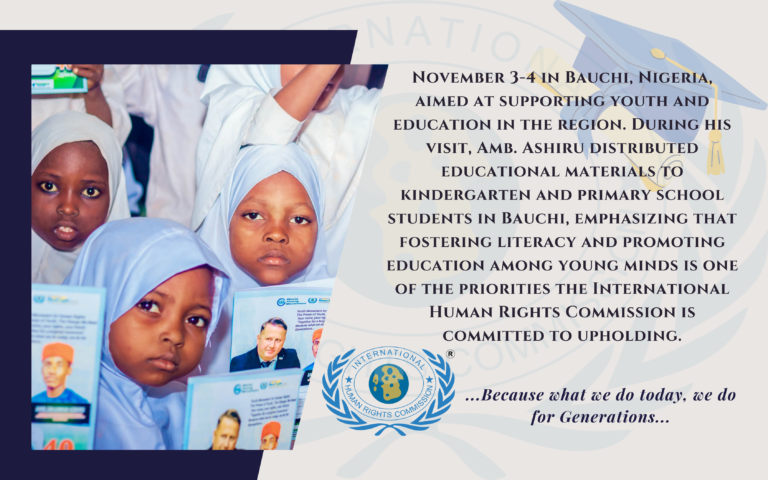



Early awareness is key, as it help to guide and protect the communities and families around that particular Environment.
Their should be elary awareness before the rains
it will help to protect the who are living in their communities
The Federal Government should collaborate with both State and Local Government to enforce zoning laws that restrict constructions in high-risk areas that are prone to flood. Use floodplains for parks, agriculture, or wetlands instead to prevent the high level of damages.
This is a very insightful and proactive approach to flood risk management. I completely agree that a multi-tiered governmental collaboration – involving Federal, State, and Local authorities – is essential for effective implementation and enforcement of zoning laws.
Restricting construction in high-risk floodplains through strict zoning is a critical preventative measure. It shifts the focus from costly post-disaster recovery to pre-emptive risk reduction, protecting lives, property, and infrastructure.
Furthermore, the suggestion to utilize floodplains for purposes like parks, agriculture, or wetlands is brilliant. These uses are not only compatible with the natural function of floodplains (allowing water to spread and recede without causing significant damage), but they also offer numerous co-benefits:
Parks and Recreational Areas: Provide green spaces for communities, enhancing quality of life and promoting public health.
Agriculture: Can be adapted to flood-tolerant crops, maintaining economic activity in suitable areas.
Wetlands: Act as natural sponges, absorbing excess water, filtering pollutants, and providing vital habitats for biodiversity. They also offer significant ecological services.
Implementing such a strategy would undoubtedly lead to a significant reduction in flood damages, foster more resilient communities, and promote sustainable land use practices. It’s a long-term investment that yields environmental, social, and economic benefits.
I believe the community has a duty to report to the relevant authority and apao fight against any community member found building houses on potentials flood able areas within the community. This will reduce the potential risk of flood.
People need to enlightened About the danger of building on water ways.